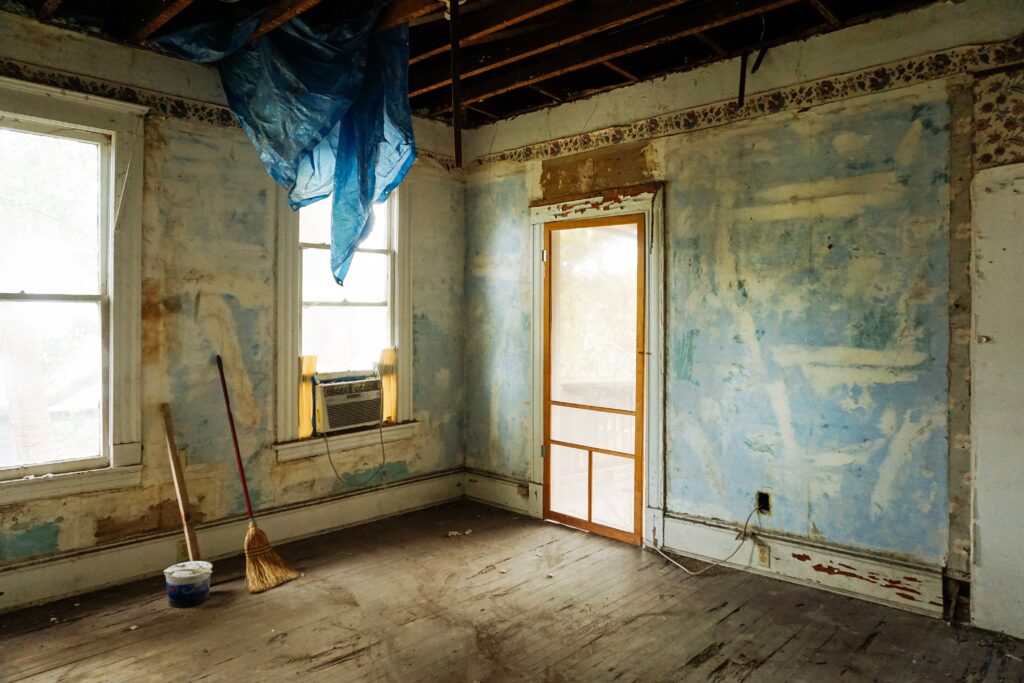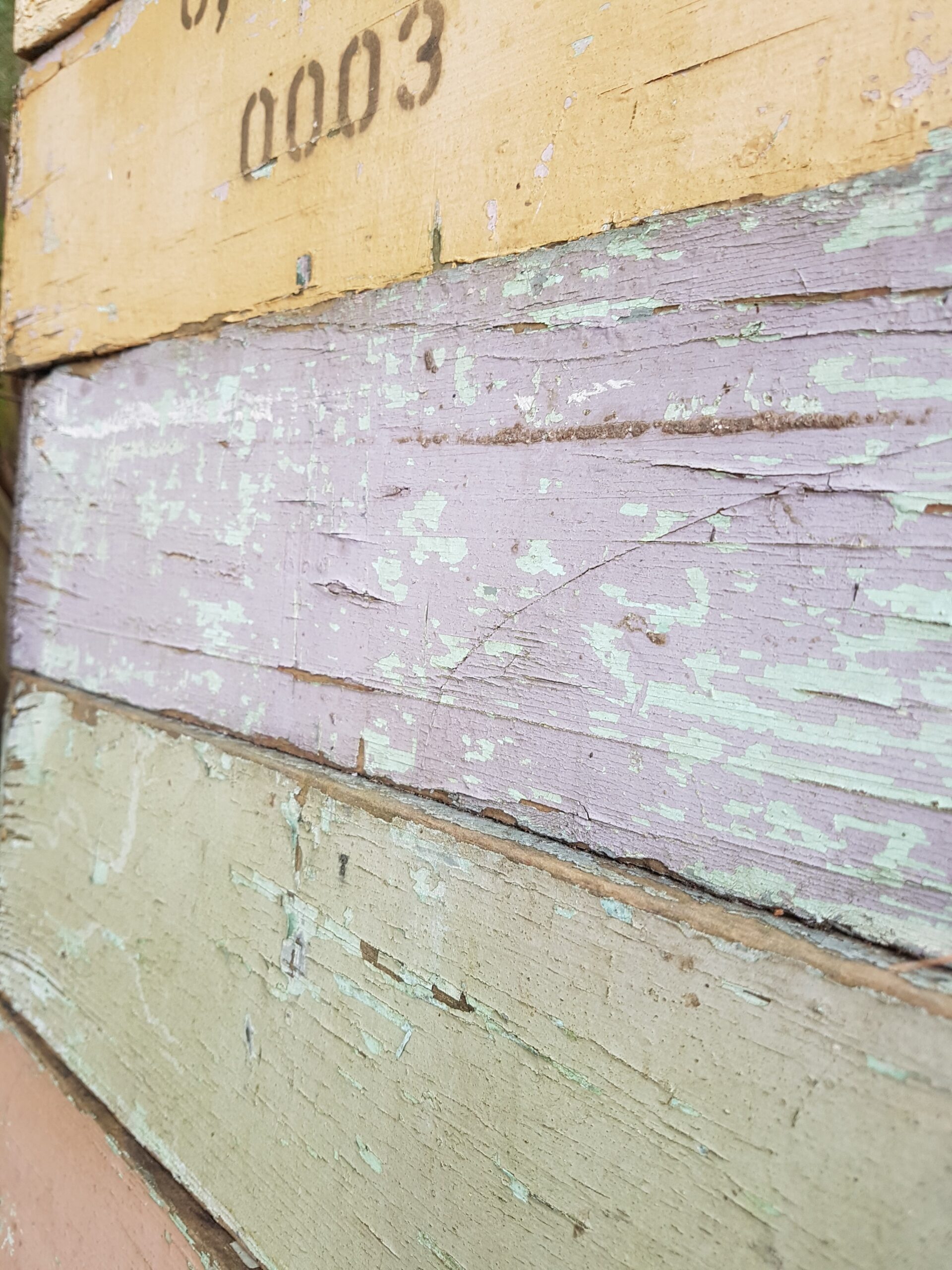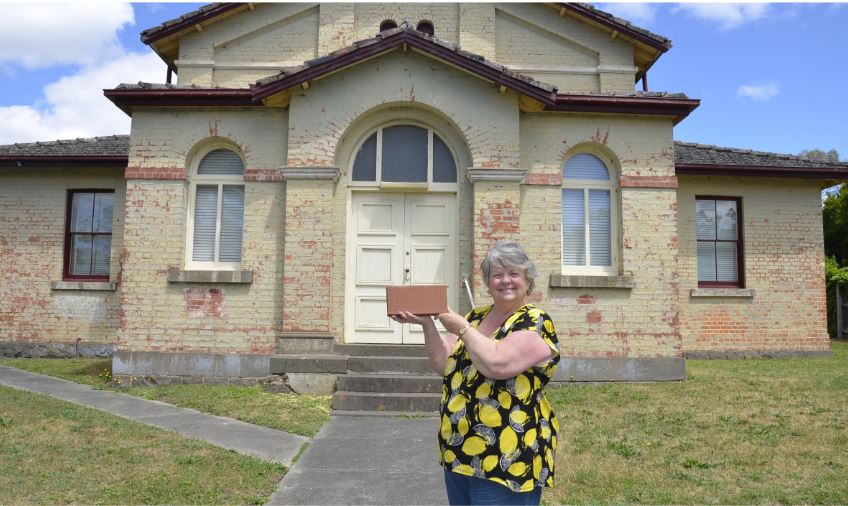October 26th, 2020Design with Indre
There is a balance between restoring to complete authenticity and simply renovating. There is the mixing of new materials, technology and styles that must be blended.
Know the age of your home to research historical materials and styles. The features, colours and perhaps prints commonly used. Use new or salvaged materials of similar quality and style and if you can’t source these, the decision will have to be made about replication or whether new is close enough.
There are times you need to repair old with new. The colours will not be the same and will stick out like Collingwood supporters at a Mensa gathering. Fortunately, there are a couple of things you can do to age the look of the new material.
Age new wood by letting a piece of steel wool or a few non-galvanised nails sit overnight in white vinegar. Dilute the vinegar 1:1 with water. Test the solution on a scrap of wood or in a hidden area and let dry. Adjust the solution if needed. More vinegar will make the wood darker, more water will lighten. Brush or spray this solution on.
Modern mortar is a mix of sand, cement and water. Lime mortar pre-WWII consisted of lime and sand, lime making the mix strong but lighter in colour. The cement (or lime) paste coats the sand grains so you see the colour of the cement (or lime). Most cement is grey or white with pigment added when the mortar is coloured. Over time, the surface cement erodes exposing the sand grains, affecting the look of the mortar. By soaking pieces of old mortar in muriatic acid the cement dissolves, leaving the sand to reveal its size and colour. You are wanting to match this sand. This way the texture will be consistent. Rain and time should gradually dirty and darken the new mortar colour.

Removing paint is a task most often done in renovations. Using a heat gun is simple and effective. Point the gun at the painted area to make it heat and bubble, then scrape the melted paint off with a tool. Sounds easy.
For removing old, layered paint from hardware such as doorknobs, hinges, window pulls, railings or cast iron, make an old-fashioned paint remover. Pour two cups of water into a dish, add one cup borax, one cup ammonia and one cup washing soda (found at supermarkets). Mix thoroughly until a consistent creamy paste is achieved.
Brush over the paint with this mixture and let it penetrate for at least 20 minutes, then rinse with warm water while scrubbing with steel wool. Warning, when using borax do not inhale or ingest and store borax labelled, away from children. Use coveralls, safety glasses, a respirator and gloves when removing any old paint.
A pot of boiling water with baking soda added until the solution is milky will remove paint from painted hardware. It may not be quite as effective for the layer upon layer of old paint but it still works.
It has been said that immersing your old painted bits (hardware) into a tub of molasses will also remove the paint, but this does require a few months. If you’re not in a hurry it is a simple, environmentally-friendly solution.
Copper or copperplated zinc items, such as exposed pipes, boilers, handles, pots and pans can be cleaned with a solution of white vinegar or lemon juice and salt. Wipe with a soft cloth or finish with a silverware polishing cloth. Alternatively, use a baking soda and water paste. Brush or wipe on using small circular motions. Rinse and dry with a soft cloth.
Any renovation is an act of love and it takes time. Having a plan and knowing what you are in for will make all the difference. Enjoy the journey.
Indre Kisonas – owner and principal designer – iok design
indre@iokdesign.com.au | www.iokdesign.com.au
Ed’s note: The Local Publishing Group loves all AFL team supporters.










